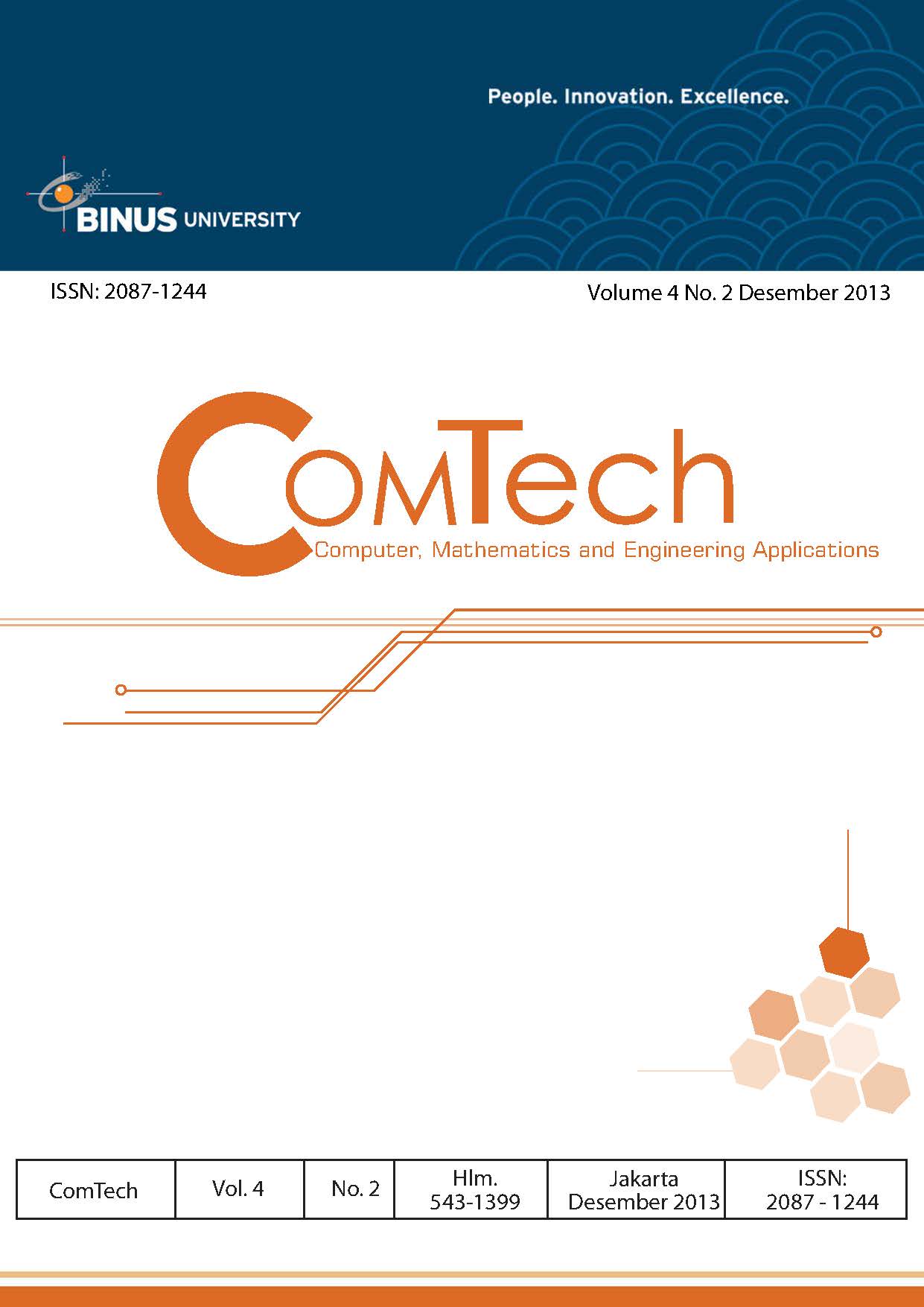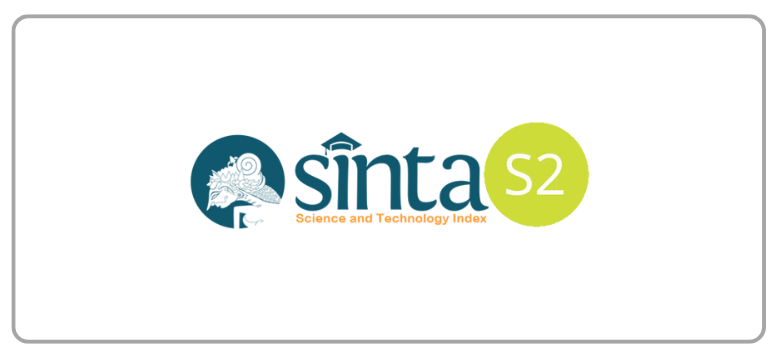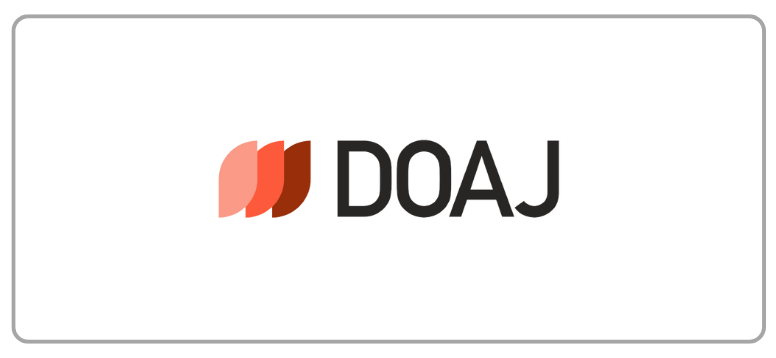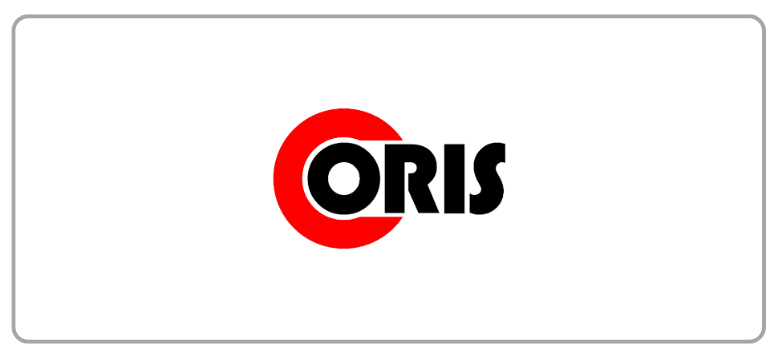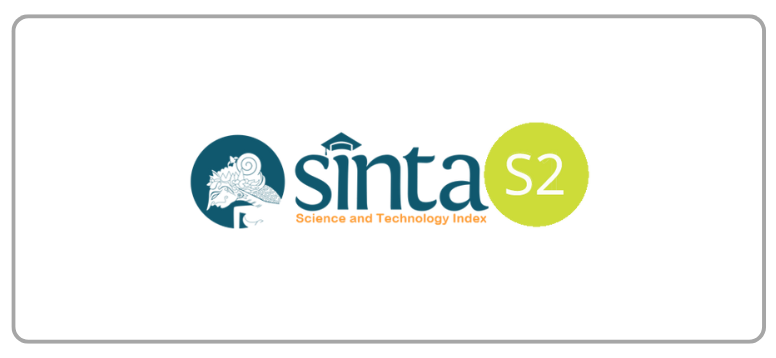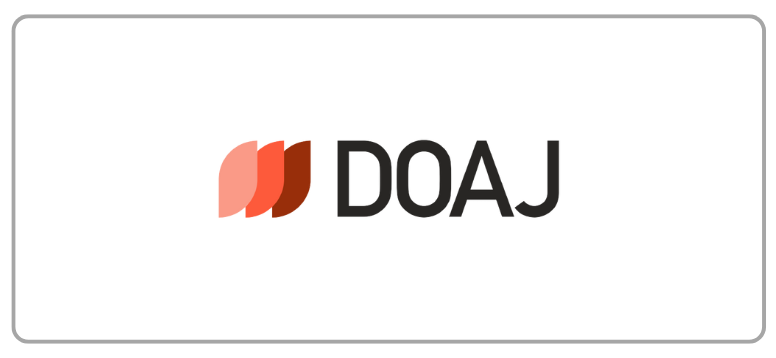Model Tata Kelola Komputasi Hijau Berbasis Dokumen untuk Universitas Bina Nusantara
DOI:
https://doi.org/10.21512/comtech.v4i2.2548Keywords:
model, green computing governance, environment, campusAbstract
The lack of green computing governance model for environment of universities in Indonesia becomes one major factor to conduct this research. In fact, the teaching and learning activities in campuses depend on support of information system and information technology. Various studies on green computing were observed. However, the suitable model for green computing in the area of private university Indonesia has not been observed yet. Referring to Green ICT Framework by University of Michigan and Connection Research as well as green computing framework by Adcuent, the green computing model for private university in Indonesia was developed through this research. Although the research object was observed in Bina Nusantara University, Jakarta, Indonesia, it is adoptable for other private universities to evaluate their information system and information technology performance surround campuses. Green computing governance is part of information system and information technology strategic plan. Therefore, the management of university should fully concern towards this matter.
References
Adcuent, I. (2010). Method-Gâ„¢: Green Computing Methodology. Diakses dari http://www.gotoyoursite.com/MethodG/tabid/4024/Default.aspx.
Barrett, P. M. (2012,). It's Global Warming, Stupid. Diakses November 30, 2012, dari http://www.businessweek.com/articles/2012-11-01/its-global-warming-stupid.
Chakraborty, P., Bhattacharyyal, D., & Nargiza, S. (2009). Green Computing: practice of efficient and eco-friendly computing resources. International Journal of Grid and Distributed Computing, 2.
Connection Research. (2010). A Green ICT Framework. Diakses dari
http://www.computersite.com.au/assets/files/A_Green_ICT_Framework_CR.pdf.
Harris, J. (2008). Green Computing and Green IT Best Practices: on Regulations and Industry Initiatives, Virtualization, Power Management, Materials Recycling and Telecommuting.
Queensland: Emereo Publishing.
Kochhar, N., & Garg, A. (2011). Eco-Friendly Computing: Green Computing. International Journal of Computing and Business Research, 2 (2).
Lamb, J. (2009). The Greening of IT: How companies Can Make a Differences for the Environment. Boston: Pearson Education.
Sheikh, R. A., & Lanjewar, U. A. (2010). Green computing-embrace a secure future. International Journal of Computer Application , 10 (4).
Stuenkel, M. (2009). Green IT Best Practices at the University of Michigan. Diakses September 4, 2012, dari http://www.educause.edu/ero/article/green-it-best-practices-university-michigan.
Talebi, M., & Way, T. (2009). Methods, Metrics and motivation for a green computer science program. Proceeding of the 40th PACM Technical Symposium on Computer Science Education,Chattanooga.
Tomlinson, B. (2010). Greening through IT: Information Technology for Environmental Sustainability. Massachusetts: MIT Press.
University of Michigan. (2012). Sustainable Computing. Diakses December 2, 2012, dari http://sustainablecomputing.umich.edu/.
Utomo, Y. W. (2012, Oktober 31). Refleksi Al Gore tentang Badai Sandy. Diakses Januari 2013, dari http://sains.kompas.com/read/2012/10/31/12240049/Refleksi.Al.Gore.tentang.Badai.Sandy?utm_source=WP&utm_medium=Ktpidx&utm_campaign=
Ward, J. L., & Peppard, J. (2002). Strategic Planning for Information System (3rd ed.). West Sussex: John Willey.
Downloads
Published
How to Cite
Issue
Section
License
Authors who publish with this journal agree to the following terms:
a. Authors retain copyright and grant the journal right of first publication with the work simultaneously licensed under a Creative Commons Attribution License - Share Alike that allows others to share the work with an acknowledgment of the work's authorship and initial publication in this journal.
b. Authors are able to enter into separate, additional contractual arrangements for the non-exclusive distribution of the journal's published version of the work (e.g., post it to an institutional repository or publish it in a book), with an acknowledgment of its initial publication in this journal.
c. Authors are permitted and encouraged to post their work online (e.g., in institutional repositories or on their website) prior to and during the submission process, as it can lead to productive exchanges, as well as earlier and greater citation of published work.
 USER RIGHTS
 All articles published Open Access will be immediately and permanently free for everyone to read and download. We are continuously working with our author communities to select the best choice of license options, currently being defined for this journal as follows:
